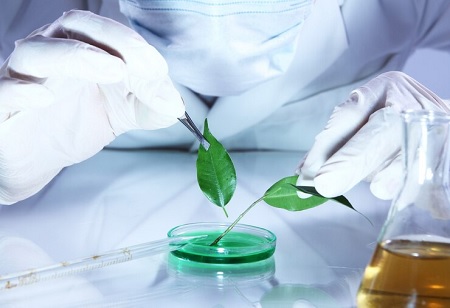
IIT-Palakkad Unveils Urine-Powered Technology for Renewable Energy, Biofertilizer

 In a groundbreaking initiative, researchers at the Indian Institute of Technology-Palakkad (IIT-Palakkad) have developed an innovative method to generate renewable energy using human urine. In response to the growing global energy demand and a commitment to sustainable practices, the IIT team has introduced a urine-fed, self-driven stacked electrochemical resource recovery reactor. This technology not only produces electricity but also yields biofertilizers rich in Nitrogen, Phosphorus, and Magnesium.
In a groundbreaking initiative, researchers at the Indian Institute of Technology-Palakkad (IIT-Palakkad) have developed an innovative method to generate renewable energy using human urine. In response to the growing global energy demand and a commitment to sustainable practices, the IIT team has introduced a urine-fed, self-driven stacked electrochemical resource recovery reactor. This technology not only produces electricity but also yields biofertilizers rich in Nitrogen, Phosphorus, and Magnesium.
The novel approach leverages the ionic strength of urine and induced electrochemical reactions within the stacked electrochemical resource recovery reactor (ERRR). The reactor employs Magnesium as the anode and air carbon as the cathode, with acrylic reactor units acting as cells. The urine is fed into the ERRR, initiating electrochemical reactions that simultaneously generate electricity and biofertilizers. The resulting biofertilizer, containing essential nutrients, serves as a slow-release fertilizer for plant crops, contributing to sustainable agriculture practices.
The integrated technology comprises an electrochemical reactor, ammonia adsorption column, decolorization and chlorination chamber, plumbing, and electrical manifolds. Continuous data acquisition and monitoring are integral to the system, with 50 cells capable of producing 500 milliwatts (mW) of power and a voltage of 7-12 volts per cycle. This results in the production of 10 grams of fertilizer every 24-48 hours.
At its current Technology Readiness Level (TRL) of 4, the technology is undergoing laboratory validation, positioning it as a promising candidate for widespread implementation. The generated electricity is currently utilized for charging mobile phones and LED lamps, with potential applications in theaters and shopping malls where urine separation at the source is feasible.
The research, titled "Stale urine catalyzed resource recovery from source-separated urine using magnesium air fuel cell", led by Dr. Praveena Gangadharan, Assistant Professor at the Department of Civil Engineering, has been published in the prestigious journal "Separation and Purification Technology", garnering significant attention. The team has filed a patent for this sustainable innovation, marking a significant stride towards a more eco-friendly future. This project is funded by the Science for Equity Empowerment and Development (SEED) division under the Department of Science and Technology (DST), Government of India (GOI).